Since its introduction, the Amazon Smart plug has become increasingly popular with smart home users around the world. These simple, easy-to-operate smart plugs have helped many turn their normal or ‘dumb’ appliances into smart appliances, making it possible to integrate these appliances into their already functional smart homes.
Being manufactured by Amazon, this smart plug is typically controlled with the Alexa app, as well as Amazon’s line of Echo devices. But what if another smart home hub is at work in your home?
Smart home hubs such as Samsung’s Smart Things, Google’s Nest and Home Assistant, and Apple’s HomeKit, are all other popular alternatives often used in lieu of Amazon Echo and Alexa. But is the Amazon plug compatible with these other smart plugs hubs?
What Is The Amazon Smart Plug?
The Amazon ideal smart plug is a smart home device designed to work with a variety of home electronics and appliances. This simple device is just what it sounds like – a plug. It’s used to turn your average household electronics and appliances into smart appliances by enabling their power supply to be wirelessly controlled.
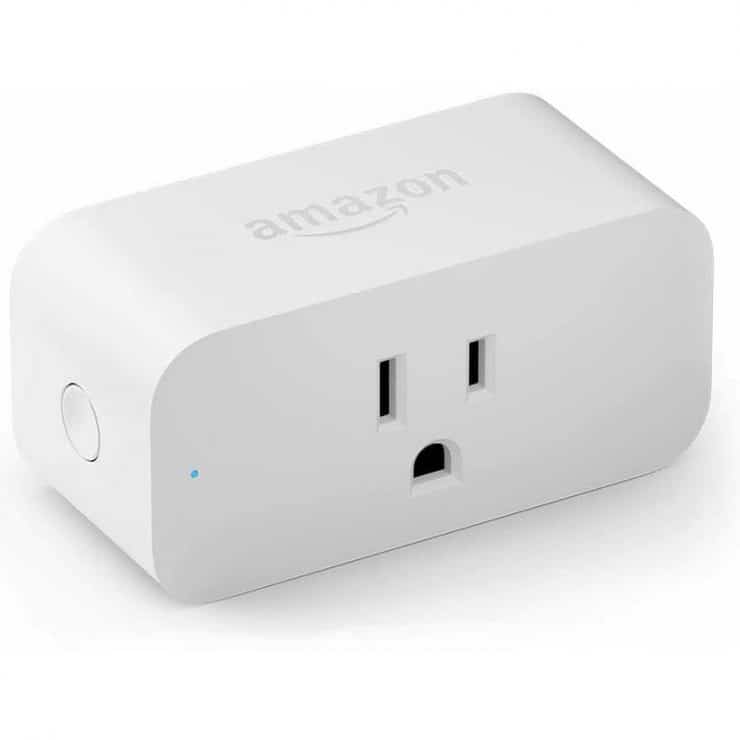
Amazon’s Plug control multiple devices such as lamps, air conditioners, fans and coffee makers – basically just about anything that can be plugged into an outlet.
You start by simply plugging one into any normal, grounded three-prong outlet. After you plug it into the wall outlet, you take the plug of your device, and plug it into the smart plug. This enables the smart plug to control when the particular appliance receives power.
From the Alexa app you then have the option to rename your smart plug, control when it turns on/off and even add it to a routine to determine what it does, and when. Unlike some other brands of best smart plugs, the Amazon Smart Plug does not offer power monitoring. For the average user, however, this is rarely an issue.
Does the Amazon Plug work with Google Nest?
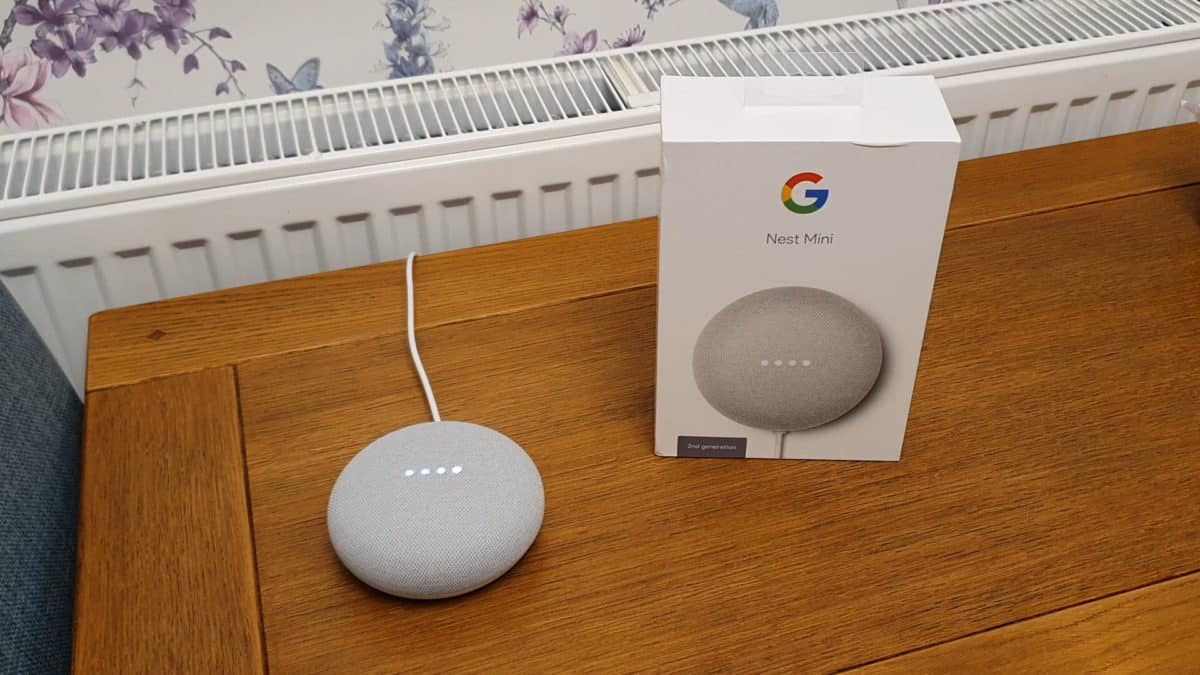
Because of the very specific manufacturing of the Amazon Smart Plug, there is no way to directly control an Amazon Smart Plug with Google’s Home Assistant. You cannot import the Amazon Smart Plug directly into the Google Home app, as it won’t be discoverable when trying to add it.
This is ‘by design’. Amazon and Google are rivals in the smart home arena: they both sell a range of smart speakers (Echo vs Google Nest), and they both sell a range of smart cameras and doorbells (albeit Amazon sell this via Ring, a company they purchased a few years ago).
It’d be like how Tesla and Nissan Leaf cars can’t work together: they are rival companies, so they don’t have any official compatibility. There are initiatives such as Connected Home over IP to try and make rival smarthome company devices work together, but this will probably require new hardware (i.e. buying new smart plugs) – I doubt the current Amazon Smart Plug will ever work seamlessly within the Google Nest platform.
Does Amazon’s Smart Plug work with HomeAssistant?
HomeAssistant is a useful technology for controlling your smart home locally: no internet is required, and no monthly subscription fees need to be paid. It’s a nice, open, free technology. But one downside is that it doesn’t always work well with smart devices that aren’t open and free technologies – like the Amazon Smart Plug! HomeAssistant isn’t magic: if Amazon don’t have a public API to control their smart plug, HomeAssistant will struggle to control it.
Thankfully there might be a way forward, even if it requires some technical knowledge. One option you can explore is creating a binary sensor. This alternative method would require some knowledge of coding, as coding would be involved. You will need to create input booleans as well as binary sensors.
When you pair a binary sensor from Home Assistant with Amazon Smart Plug, inside of an Alexa Routine, you’ll be able to control the smart plug from Home Assistant…
… in theory. Whilst this approach has been proven to work, it is more of a workaround and Amazon’s software updates do sometimes make this approach unreliable, as a user on the HA forums mentions:
so basically there is no way to directly integrate this plug… the
Francesco, 31st March 2021, HA Forumsinput_booleanwokaround sometime is desynced with the real state of the plug, ie when turning off the plug from the button on it…
Does Amazon Smart Plug Work with HomeKit?
Because the Amazon Smart Plug is so specific, and only works with Amazon devices, using it with Apple HomeKit will also present challenges. So what do you do if you’re using Apple HomeKit and want to integrate an Amazon Smart Plug? Just like with Google’s products, one possible solution will involve some coding and technical knowledge.
You’ll have to begin with setting up a Home Bridge. This, in turn, will end up creating a dummy motion sensor. This sensor will enable you to control your smart plug, acting as sort of a bridge between the Amazon smart plug and Apple.
In order to do this, you will need to download and use the homebridge-alexa plugin, as well as a homebridge dummy contact. These two will create a sensor which is necessary in order to trigger an Alexa routine. Routines are triggered by sensors, so this sensor is key in being able to control the Amazon smart plug.
The effectiveness of this method varies, but remains an option if you’re looking to connect the Amazon Smart Plug to Apple HomeKit.
Support for the Amazon Smart Plug via Samsung Smart Things
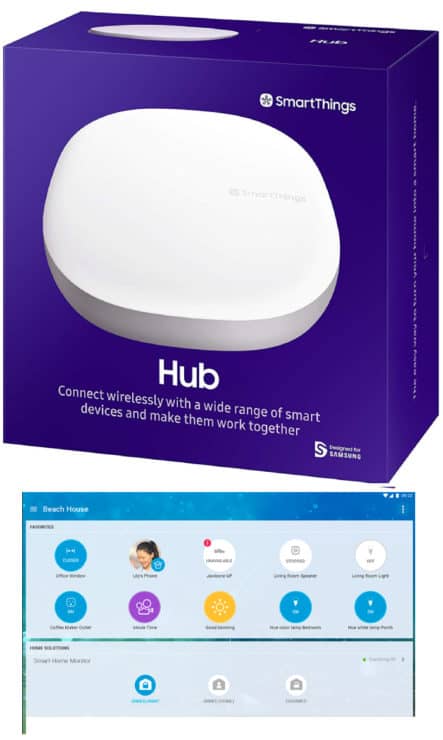
Just like other smart home hubs that aren’t manufactured by Amazon, support for the Amazon Smart Plug is non-existent when it comes to Samsung SmartThings hub as well. Because of this, some people opt to go through a few extra steps in order to connect the two smart home devices.
In order to control the Amazon smart plug via SmartThings, you will need to create a virtual contact sensor that can be used as a switch. After the contact sensor is created, you should be able to use that to switch the plug on and off via Alexa routines.
Although it can be a little awkward, if done correctly, it can be a viable option.
Can Amazon’s Smart Plug Be Input Into Philips Hue?
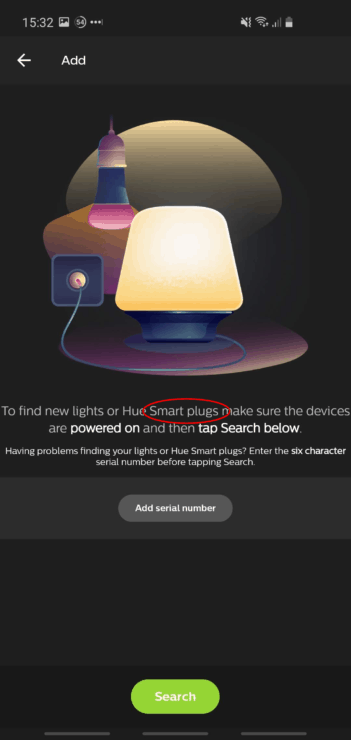
Amazon’s Smart Plug runs over Wi-Fi, whereas Philips Hue works over a protocol known as ZigBee.
The ability to operate Wi-Fi and Zigbee products together is often a question when it comes to many smart home users. Unfortunately, because they both run on different connection protocols, the answer is unfortunately no.
Because they run on two different protocols, there aren’t even any roundabout ways to connect the two devices. If any do exist, they would most likely require very advanced knowledge of IoT protocols and coding. The process, in that case, would be lengthy, and simply purchasing a different smart home plug would be the best option – unless you’re up for a challenge.
Alternatives to the Amazon Smart Plug
If you happen to be using a smart home hub other than Amazon’s Alexa or Echo, the Amazon Smart Plug is quite frankly not going to be the best fit for your situation.
Fortunately, there are alternative smart plugs available that can be easily used with different smart home hubs. They come in a variety of price points and some are better suited for certain smart home hubs than others. However, there is something for everyone.
Google Nest/Home Assistant
When it comes to using a smart plug with Google Nest and Home Assistant, plugs such as TP-Link’s Kasa Smart plug are a great alternative to the Amazon Smart Plug. These Wi-Fi-only smart plugs are designed to work with a variety of manufacturers, are easy to set up, and popular with many smart home users.
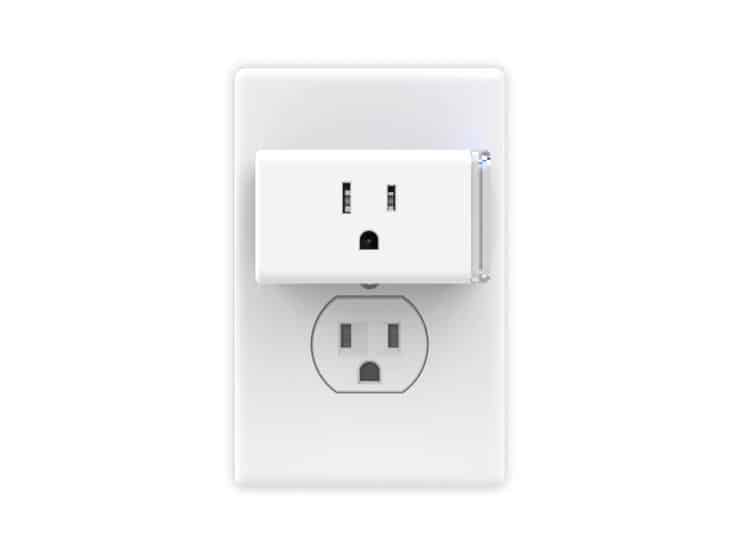
They typically retail for about $30 for four plugs, also making them a more cost-effective option than the Amazon Smart Plug.
Apple HomeKit
If you’re using Apple’s HomeKit, one smart plug that’s compatible is the Wemo Mini Smart Plug. These convenient little plugs come in packs of 1 or 3, and work with HomeKit – no workarounds required.
Another option available is the VOCOlinc Smart Plug Mini. It’s designed to work with a variety of smart home hubs, including Siri and Apple HomeKit.
Samsung Smart Things
When it comes to Samsung Smart Things, there are many options available that don’t require all of the work-arounds that the Amazon Smart Plug will – many at similar price points.
One such plug is the Meross Mini Smart Plug, retailing for about $40 for 4 plugs. It ends up being a better value than the Amazon Smart Plug, which typically retails for about $25. Lower price per plug plus no cumbersome work-arounds make this option a win-win.
Philips Hue
If you’re going to be using a Zigbee system, it stands to reason that any smart plug you use will also have to be Zigbee-capable. Two popular choices are the Hue Smart Plug, also manufactured by Philips, as well as the Inner Smart Plug. Both of these run on Zigbee and can be seamlessly integrated into your Hue app and hu:

Being there are no other options for connecting the Amazon Smart Plug to the Philips Hue Bridge, using a Zigbee-based plug is really the only other option if you’d like to use a smart plug.
Conclusion: Amazon Smart Plug Not For Everybody
At a decent price point with great functionality, the Amazon Smart Plug is a popular option in the smart home plug sector. However, it only really works with Amazon’s Alexa and Echo devices, so its lack of compatibility with other smart home hubs can present an issue. No doubt Amazon created their smart plug this way to ensure that users would use it in conjunction with their products only.
Though some work-arounds are available in order to get this smart plug to work with some other smart home hubs, depending your level of tech savviness, a decent amount of technical expertise may be needed.
To that end, depending on which smart home hub you’re operating, choosing a different smart home plug may be a better and more feasible option.

If you have any questions, feedback or suggestions about this article, please leave a comment below. Please note that all comments go into a moderation queue (to prevent blog spam). Your comment will be manually reviewed and approved by Tristan in less than a week. Thanks!